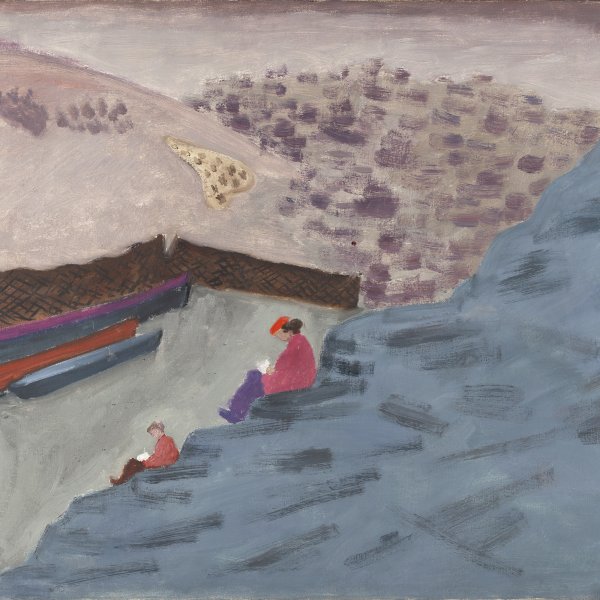Milton Avery
The American painter Milton Avery began painting in Hartford, the town where he lived from 1905. His interest in painting prompted him to start attending drawing classes at the Connecticut League of Art Students and the Art Society School during the free time his work at various factories and firms left him. From the outset he was especially interested in the landscape genre. He captured the area around Hartford in his paintings, in which he applied large quantities of brightly coloured pigment to the canvas.
In 1925 Avery moved to New York and married the painter Sally Michel the following year. During this period his palette became more muted as did his way of applying colour in fine, flat layers in the manner of European artists such as Henri Matisse and Pablo Picasso. Avery’s work was first shown in a group exhibition at the Opportunity Gallery in 1928 and his first one-man show was staged by the Valentine Gallery in 1935. Thenceforward he began to exhibit his works regularly and his use of colour was copied by younger artists like Mark Rothko, Adolph Gottlieb and Barnett Newman, who accompanied him to Gloucester and Vermont, his favourite summer destinations, on several occasions during the 1930s.
Avery suffered a severe heart attack in 1949.While recovering in Florida, he began to produce monotypes. When he took up painting again, he adopted an even more schematic style, applying paint in fine superimposed layers to create veils of colour. While he was spending the summer of 1957 in Provincetown, his works came close to pure abstraction in their simplification, though they never completely severed links with nature. These works, painted in a larger format, were well received by critics, as a result of which his entire artistic career began to be re-evaluated. However, his health took a turn for the worse and he was unable to attend the opening of his one-man exhibition at the Whitney Museum of American Art in 1960. A year later he was struck by another heart attack from which he never recovered.





